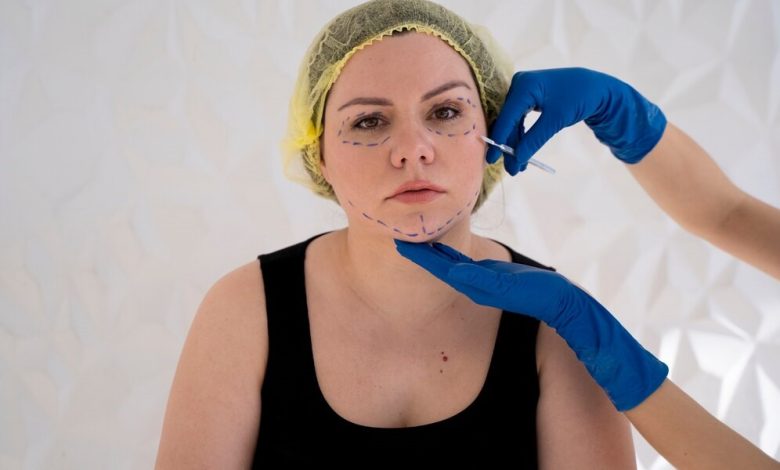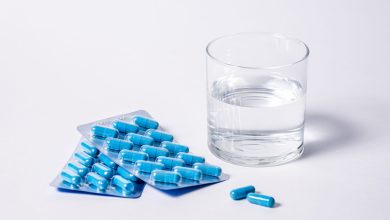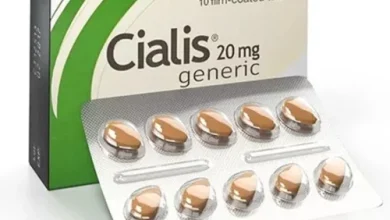What are the Differences Between Dysport and Botox?
What are the Differences Between Dysport and Botox?

1. Introduction
When it comes to anti-aging treatments, Botox and Dysport are two of the most well-known injectable options on the market. Both are derived from botulinum toxin, which works to relax muscles and smooth wrinkles. However, despite their similarities, there are key differences between the two that can affect which option is best for you. This article will explore the fundamental differences between Dysport and Botox, discussing their composition, effectiveness, and which might be best suited for different cosmetic or medical needs.
2. What Are Botox and Dysport?
Botox and Dysport are both injectable neuromodulators made from botulinum toxin type A, a neurotoxin that temporarily paralyzes muscles. These treatments are most commonly used to reduce the appearance of fine lines and wrinkles, especially in areas like the forehead, around the eyes (crow’s feet), and between the eyebrows (glabellar lines).
While both products have the same primary active ingredient, they differ in their formulations and in how they interact with the muscles and the skin.
3. How Do They Work?
Botox
Botox, also known as onabotulinumtoxinA, is produced by Allergan and was the first botulinum toxin product approved for cosmetic use by the FDA in 2002. Botox works by blocking the nerve signals that cause muscles to contract, preventing the repetitive movements that contribute to wrinkles. This causes the muscles to relax, resulting in smoother skin and fewer fine lines.
Botox is widely used for both cosmetic and medical purposes. Aside from wrinkle reduction, Botox is also used to treat medical conditions like chronic migraines, excessive sweating (hyperhidrosis), and muscle spasms.
Dysport
Dysport, or abobotulinumtoxinA, is another botulinum toxin product that was FDA-approved for cosmetic use in 2009. Like Botox, Dysport blocks the signals from the nerves to the muscles, reducing muscle activity and smoothing the skin. However, Dysport’s formula is slightly different from Botox, which affects how it behaves once injected.
Dysport is also used for both cosmetic and medical treatments, including muscle spasms, neck pain, and even certain types of limb spasticity.
4. Key Differences Between Dysport and Botox
While Botox and Dysport are similar in many ways, several key differences set them apart:
Composition
Botox and Dysport are both derived from the same base neurotoxin, but they have different protein compositions. Dysport has smaller molecules, which can allow it to spread more easily through the tissue. Botox has larger, more stable molecules that stay more localized where they are injected.
Onset of Action
One of the major differences between Botox and Dysport is how quickly they take effect.
- Botox: Typically takes 3-5 days for noticeable results to appear, though the full effects may not be visible for up to 10 days.
- Dysport: Can work faster, with some people noticing results as early as 24-48 hours after treatment. Full results are generally visible within 3 days.
Spread and Coverage
Due to its smaller molecular size, Dysport tends to spread more easily over a wider area compared to Botox. This characteristic can make Dysport more suitable for treating larger areas like the forehead. On the other hand, Botox is more localized, which may make it a better option for smaller, more targeted areas such as around the eyes.
Duration of Effects
Both Botox and Dysport offer temporary results, but there can be a difference in how long their effects last.
- Botox: The effects of Botox generally last between 3 to 6 months, depending on the area being treated and how the body metabolizes the toxin.
- Dysport: The effects of Dysport tend to last around 3 to 4 months, though in some cases, it may last slightly longer or shorter depending on the individual.
Dosage
Dysport and Botox are not measured in the same units. Dysport is more diluted than Botox, so it often requires a higher number of units for the same treatment area. However, this doesn’t necessarily mean that Dysport is less effective; the difference in dosage is due to variations in formulation.
For example, 20 units of Botox may equal around 50 to 60 units of Dysport in terms of effectiveness. This dosage difference can sometimes lead to confusion, so it’s important to work with a skilled practitioner who understands how to convert between the two.
Cost
The cost of Botox and Dysport can vary based on the provider, location, and the number of units required. Generally, Botox tends to be slightly more expensive per unit compared to Dysport. However, since Dysport typically requires more units, the overall cost for a treatment may end up being similar.
Pain and Comfort
Both Botox and Dysport injections are typically described as feeling like a small pinch, and any discomfort is usually minimal. Some patients report that Dysport injections may feel slightly less painful because the formula spreads more easily, but this can vary depending on the individual and the treatment area.
5. Common Uses for Botox and Dysport
Both Botox and Dysport are used to treat a wide range of cosmetic and medical conditions. Some of the most common cosmetic uses include:
- Reducing forehead lines
- Smoothing crow’s feet
- Treating frown lines between the eyebrows (glabellar lines)
- Softening bunny lines (wrinkles on the nose)
- Lifting the brow area
Beyond cosmetic applications, both treatments are used for medical conditions such as:
- Chronic migraines
- Muscle spasms
- Overactive bladder
- Excessive sweating (hyperhidrosis)
6. Side Effects and Risks
As with any medical treatment, there are potential side effects associated with both Botox and Dysport. The most common side effects are mild and temporary.
Botox Side Effects
- Temporary bruising or swelling at the injection site
- Headache
- Drooping of the eyelid or eyebrow (if injected too close to these areas)
- Dry eyes or excessive tearing
In rare cases, more severe side effects can occur, including difficulty swallowing or breathing. It’s important to see a qualified professional for Botox injections to minimize the risk of complications.
Dysport Side Effects
- Temporary pain, swelling, or bruising at the injection site
- Headache
- Drooping eyelids or eyebrows
- Dry eyes or excessive tearing
Similar to Botox, severe side effects from Dysport are rare but possible, particularly if the injections are not administered correctly.
7. Who Should Choose Botox or Dysport?
Botox: Best for Certain Areas
Botox may be the better choice for smaller, more targeted areas where precise treatment is needed, such as around the eyes (crow’s feet) or for treating specific wrinkles. Botox’s tendency to stay more localized can be beneficial for patients looking for more controlled results.
Dysport: Best for Certain Areas
Dysport, with its ability to spread more easily, may be ideal for larger areas of the face, such as the forehead. People who need a treatment with quicker results may also prefer Dysport, as it tends to work faster than Botox.
Queen Aesthetics is a medical spa in Houston, TX, and is recognized as one of the best medical spas and wellness centers in the surrounding Houston area. Our medical spa specializes in a variety of services that include botox, facials, waxing, lymphatic drainage massages, IV therapy, lip injections, hair restoration, chemical peels, microneedling, PRP hair treatment, acne treatment and so much more! Contact Queen Aesthetics and get a free consultation today!
8. Conclusion
Both Dysport and Botox are effective treatments for reducing the appearance of wrinkles and fine lines, with each offering its own advantages. Botox is often preferred for smaller, more precise areas, while Dysport is favored for larger areas and quicker onset of results. Ultimately, the choice between Botox and Dysport depends on your individual needs, treatment goals, and the recommendation of your healthcare provider.
Consulting with a qualified professional is the best way to determine which treatment is right for you based on your specific concerns and desired outcomes.









